Imagine stepping into a lush, vibrant oasis where every plant, stone, and drop of water has a story to tell. Welcome to the world of sustainable landscaping, where nature’s bounty is cherished and nurtured with reverence. As a seasoned expert, I’m here to guide you on a journey that will transform your outdoor space into a true sanctuary—one that not only delights the senses but also treads lightly on our precious planet.
Embrace Native Plants
Why settle for high-maintenance plants when you can create a lush, vibrant garden that seamlessly blends with the local environment? As an expert in sustainable landscaping, I’m here to guide you through the wonderful world of native plants.
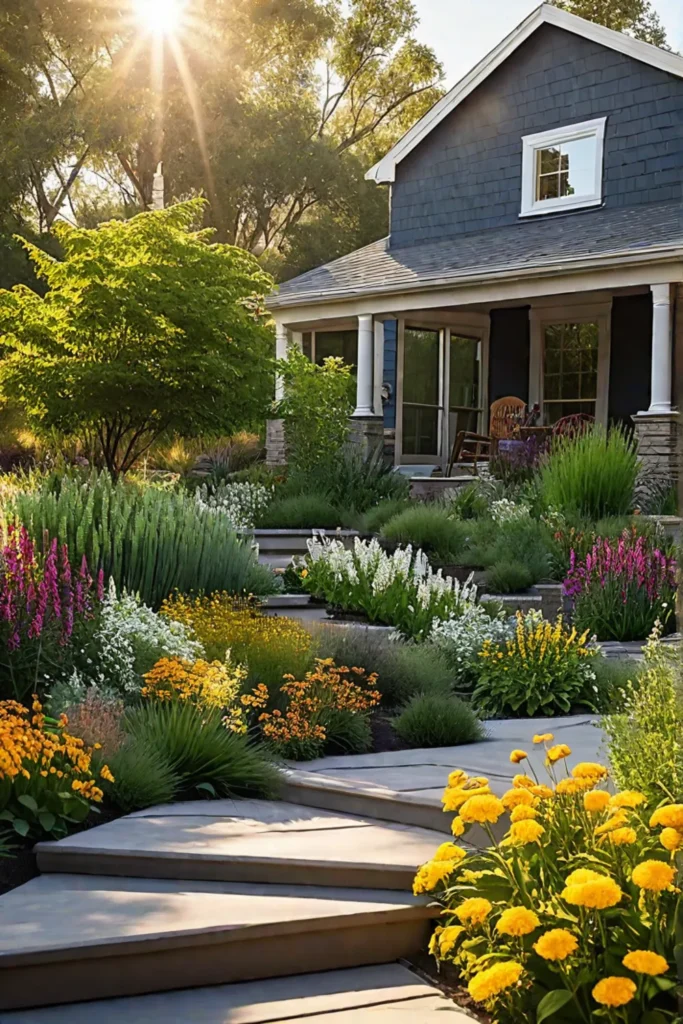
Choosing the Right Natives for Your Region
The key to a thriving native garden lies in selecting the right species for your area’s climate and soil conditions. Please do your research, my friends! Consult local nurseries, botanical gardens, or online resources to identify plants that naturally thrive in your region. Trust me, these hardy beauties will save you time, water, and effort in the long run.
Creating a Native Plant Garden Design
Now, let’s talk design! Native plants come in stunning shapes, sizes, and colors, allowing you to craft a truly unique and eye-catching landscape. Embrace the beauty of diversity by combining flowering perennials, grasses, shrubs, and even trees. Don’t be afraid to get creative and let your style shine through.
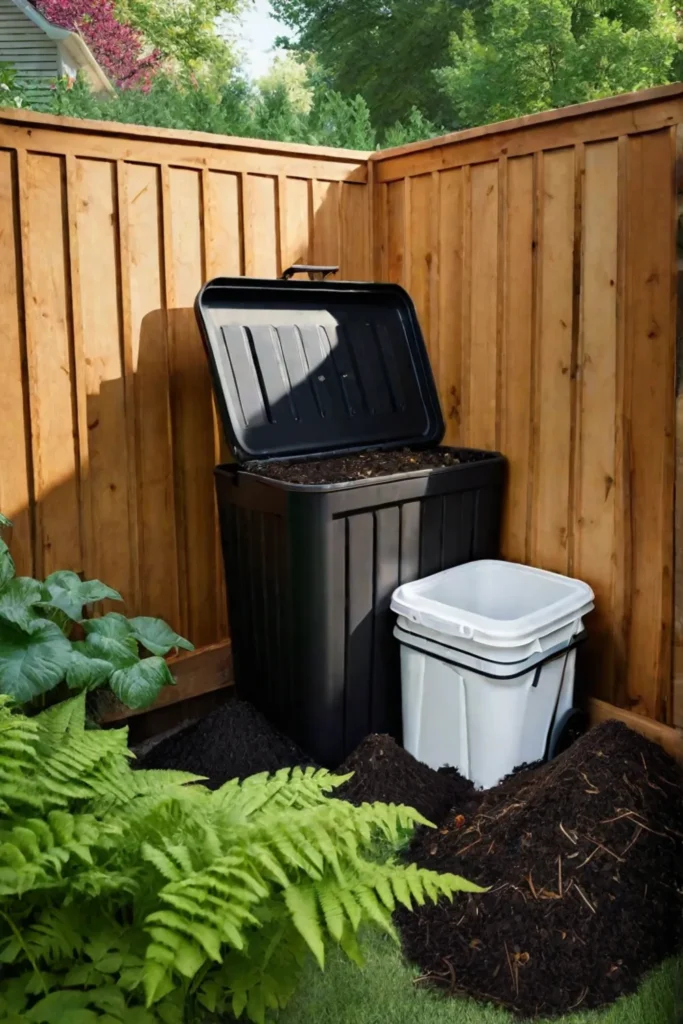
Nurturing Nature’s Allies
One of the greatest joys of cultivating native plants is the opportunity to support local wildlife. These plants provide essential food sources and habitats for pollinators, birds, and beneficial insects. By creating a welcoming oasis, you’ll enjoy the sights and sounds of nature and contribute to a thriving, balanced ecosystem.
Sustainable landscaping is a journey, and native plants are the perfect companions for this adventure. Embrace their resilience, beauty, and ecological benefits, and watch as your backyard transforms into a sustainable sanctuary.
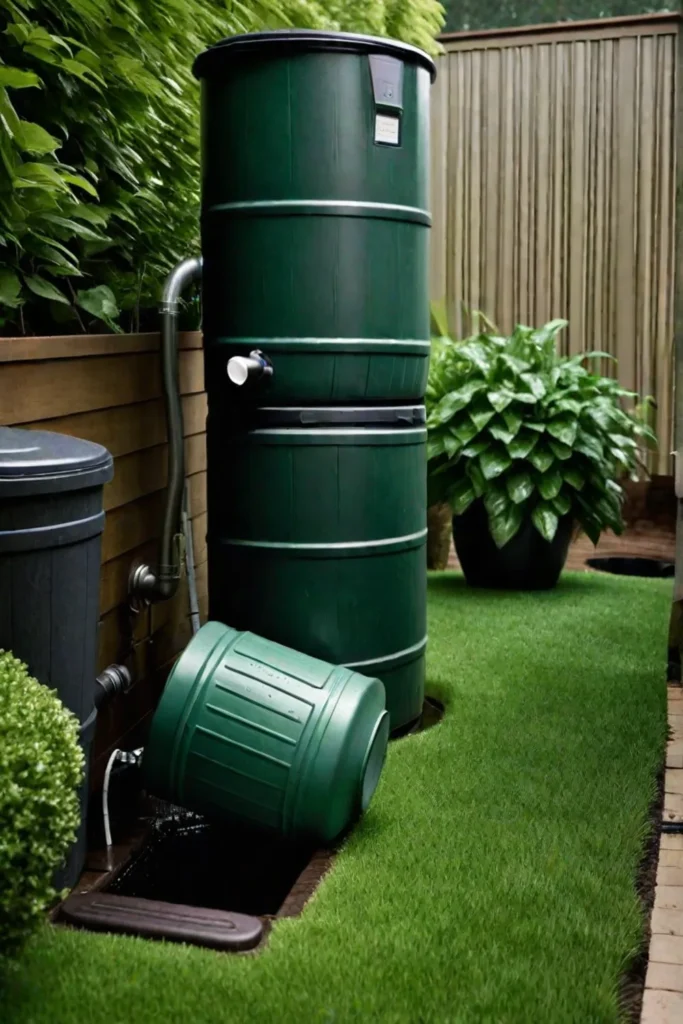
Speaking of sustainable practices, have you considered harnessing the power of rainwater harvesting?
Harness the Power of Rainwater Harvesting
Did you know a single inch of rain on a 1,000-square-foot roof can yield over 600 gallons of water? That’s an incredible amount of a precious resource that often goes to waste! By implementing rainwater harvesting techniques, we can reduce our reliance on municipal water sources and conserve this vital resource.
Rain Barrel Basics
Installing a rain barrel is one of the simplest and most effective ways to harness rainwater. These barrels connect directly to your roof’s downspouts, collecting the water that would otherwise run off into storm drains or your yard. As an expert gardener, I can’t emphasize enough how beneficial harvested rainwater is for your plants – it’s free of chemicals and minerals in municipal water supplies.
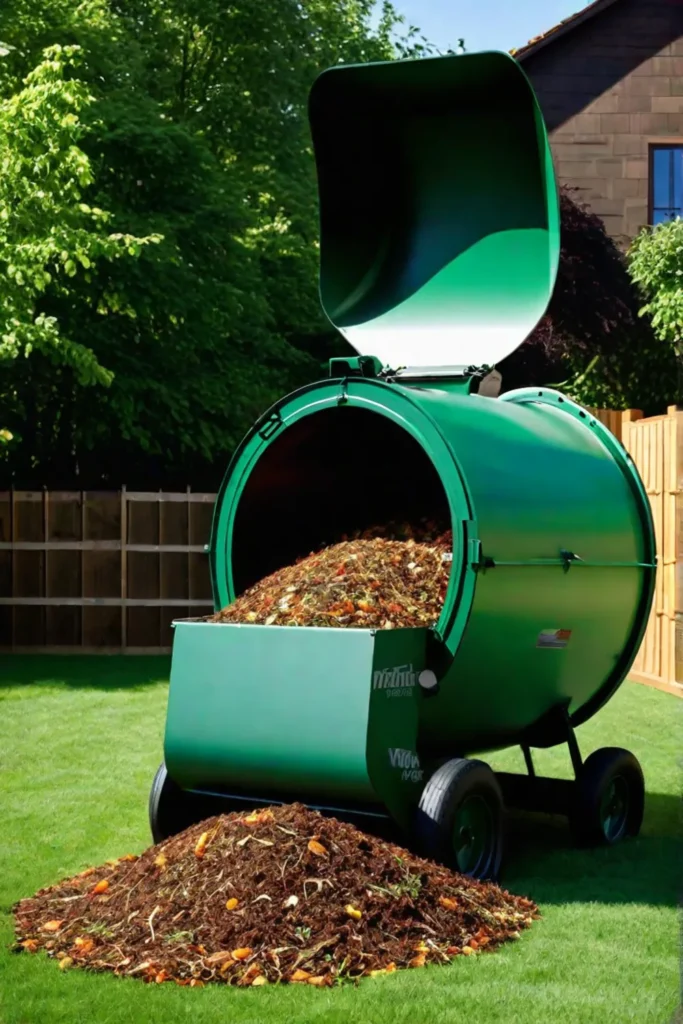
Advanced Rainwater Harvesting Systems
Consider investing in an advanced rainwater harvesting system for those seeking a more comprehensive solution. These setups often feature large underground storage tanks holding thousands of gallons of water. The collected rainwater can then be used for irrigation, washing your car, or even certain household purposes, significantly reducing water bills and environmental impact.
Calculating Your Potential
Determining the rainwater harvesting potential of your property is relatively straightforward. Start by measuring the square footage of your roof and researching the average annual rainfall in your area. With this information, you can estimate how much water your system could collect each year. Don’t be afraid to consult with professionals or refer to online calculators for accurate projections.

Rainwater harvesting is a practical solution and an environmentally responsible way to manage water resources in your backyard sanctuary. By embracing this sustainable practice, you’ll do your part to conserve water while nurturing a lush, thriving outdoor space.
Speaking of nurturing your backyard, let’s explore another eco-friendly technique that can work wonders for your soil: composting.
Enrich Your Soil with Composting
Did you know that a staggering amount of household waste is in landfills, contributing to harmful methane emissions? Well, my friends, it’s time to take matters into our own hands (quite literally) and turn that waste into a gardener’s gold mine – compost!
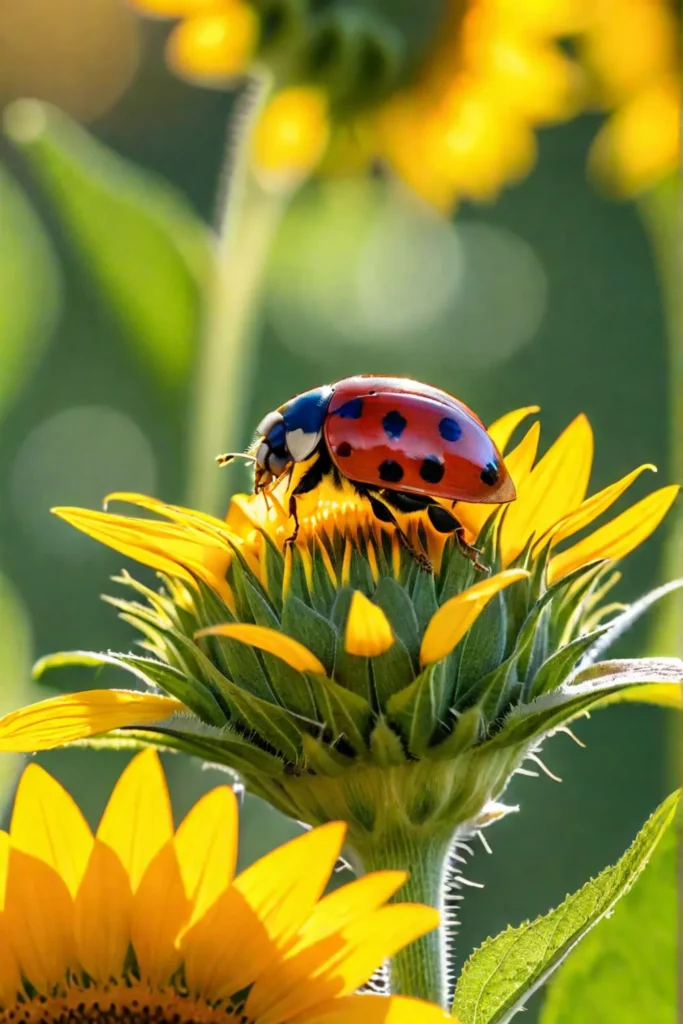
Composting Methods: From Bins to Piles
Composting is like magical alchemy, transforming kitchen scraps and yard debris into nutrient-rich soil amendments. You can set up a simple compost bin in your backyard or go old-school with a good old compost pile. Either way, you’ll be diverting organic waste from landfills and creating a valuable resource for your garden.
What to Compost and What to Avoid
Now, let’s talk about what goes into the compost pile. Fruit and veggie scraps, eggshells, coffee grounds, shredded paper, and dried leaves are all fair game. But let’s steer clear of meat, dairy, and fatty foods, as they can attract unwanted critters and create funky smells. Trust me, you don’t want a skunk party in your backyard!
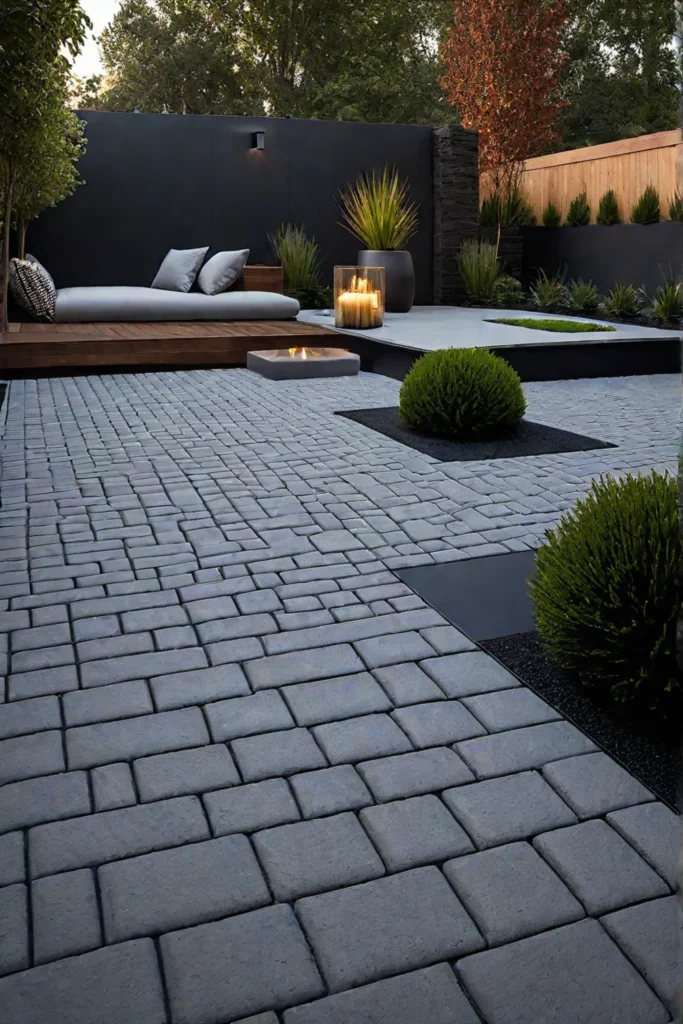
Composting: The Perfect Conditions
Composting is like a delicate dance between moisture, air, and heat. Too much humidity, and you’ve got a soggy mess. Too little, and your pile will dry out like a desert. Aim for that Goldilocks zone – not too wet, not too dry. And don’t forget to give your pile a good turn now and then to introduce some oxygen and keep things cooking.
As for troubleshooting, if your compost pile isn’t breaking down as quickly as you’d like, try adding more carbon-rich materials like shredded paper or dry leaves. If it’s smelling a bit funky, add some dry materials to soak up excess moisture. And if you’re seeing too many critters hanging around, ensure you’re not adding meat or dairy products.
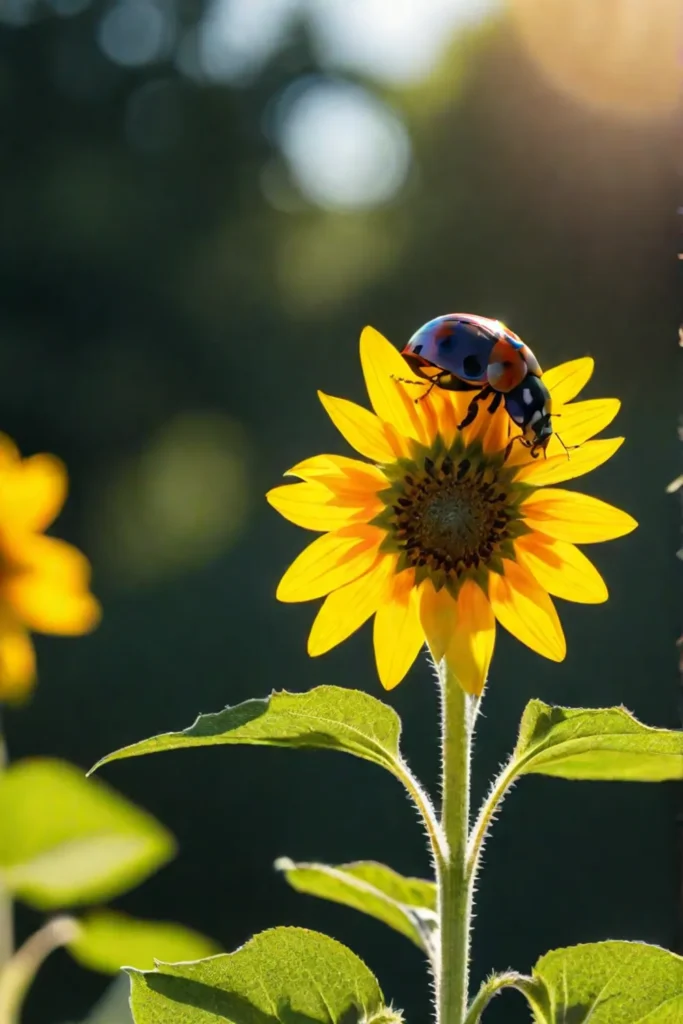
Remember, composting is a journey, and every pile is unique. But with a little patience and some trial and error, you’ll soon be a composting pro, creating rich, earthy goodness for your garden.
Now, let’s talk about growing your organic bounty! Composting is just the first step in creating a sustainable backyard sanctuary.
Grow Your Own with Organic Gardening
Have you ever wondered what it would be like to savor the fresh, vibrant flavors of fruits and veggies plucked straight from your backyard? Well, with organic gardening, you can turn that dream into a delicious reality!
Organic Pest and Disease Management
Forget about dousing your precious plants with harsh chemicals – organic gardening is about working in harmony with nature. Encouraging beneficial insects and implementing companion planting techniques can keep pests at bay without resorting to synthetic pesticides. It’s a win-win for your health and the environment!
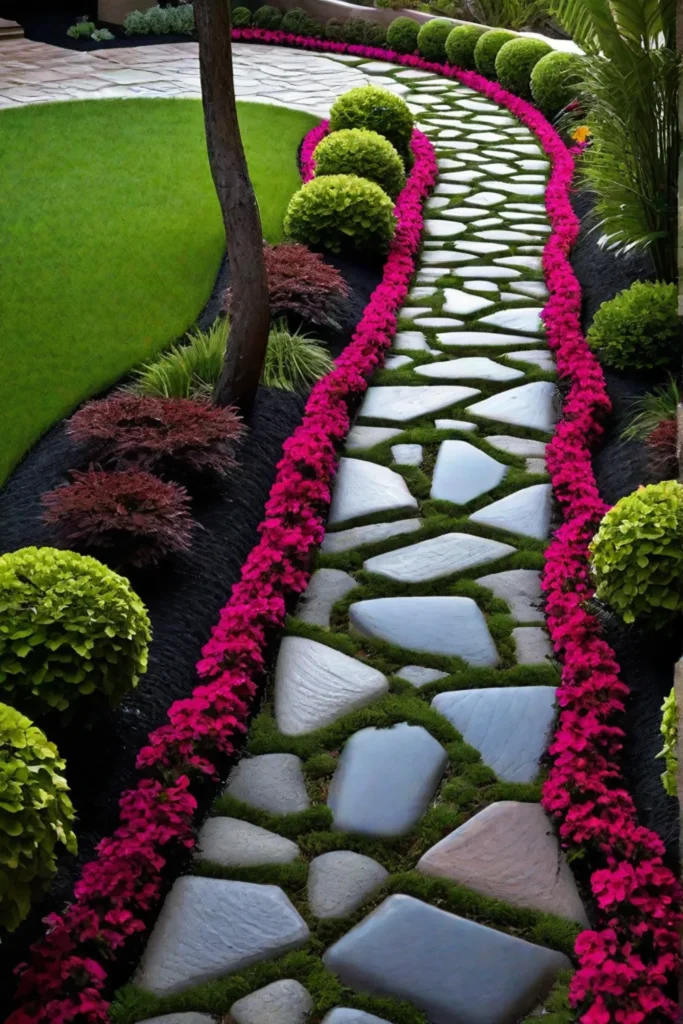
Building Healthy Soil Organically
The secret to a thriving organic garden lies in the soil. Incorporating nutrient-rich compost and aged manure will create a fertile playground for your plants to flourish. And let’s not forget about those hard-working earthworms – they’re the unsung heroes of soil aeration and drainage!
Embrace the Organic Lifestyle
Organic gardening is more than just a hobby – it’s a way of life. You’re taking a stand against genetically modified organisms (GMOs) and supporting sustainable agriculture by choosing organic seeds and seedlings. Plus, you’ll be satisfied knowing that every bite you take bursts with natural goodness.
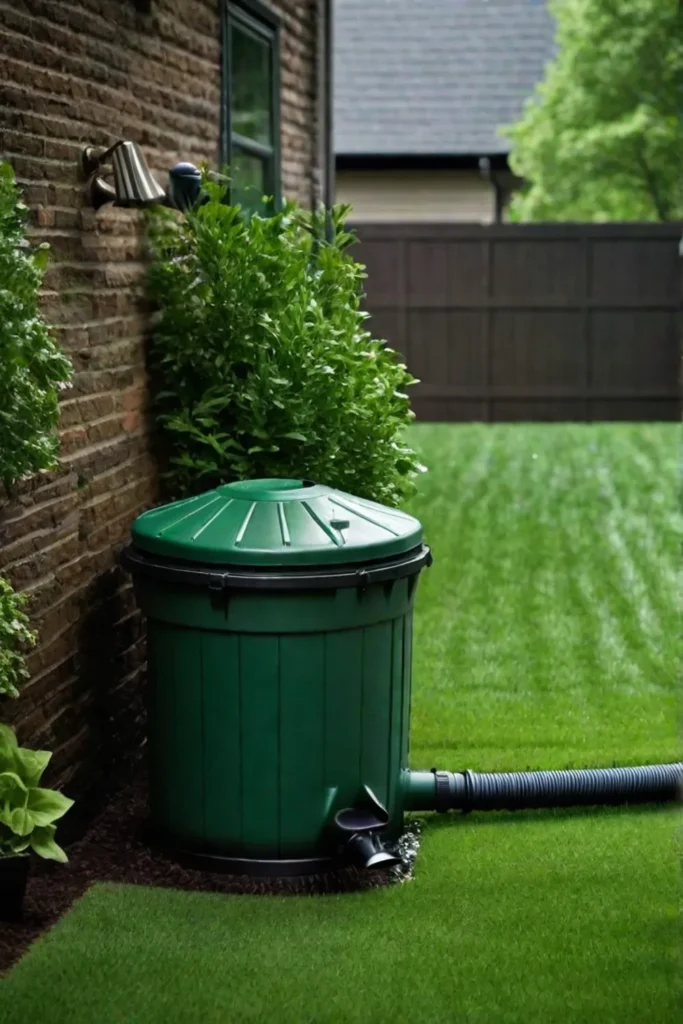
Imagine stepping into your backyard sanctuary, surrounded by lush greenery and the sweet scent of ripening fruits. That’s the magic of organic gardening – a connection to the earth that nourishes your body, mind, and soul. So, what are you waiting for? Grab your gardening gloves, and let’s get our hands dirty!
Speaking of getting your hands dirty, have you considered the benefits of permeable paving options? Not only can they enhance the aesthetic appeal of your outdoor space, but they also play a crucial role in sustainable landscaping.
Consider Permeable Paving Options
What if I told you that your driveway or patio could be a secret weapon in the fight against urban flooding and environmental degradation? Permeable paving is an ingenious solution that allows rainwater to seep through, replenishing groundwater reserves and preventing stormwater runoff. Not only is it eco-friendly, but it also adds a touch of natural beauty to your outdoor spaces.
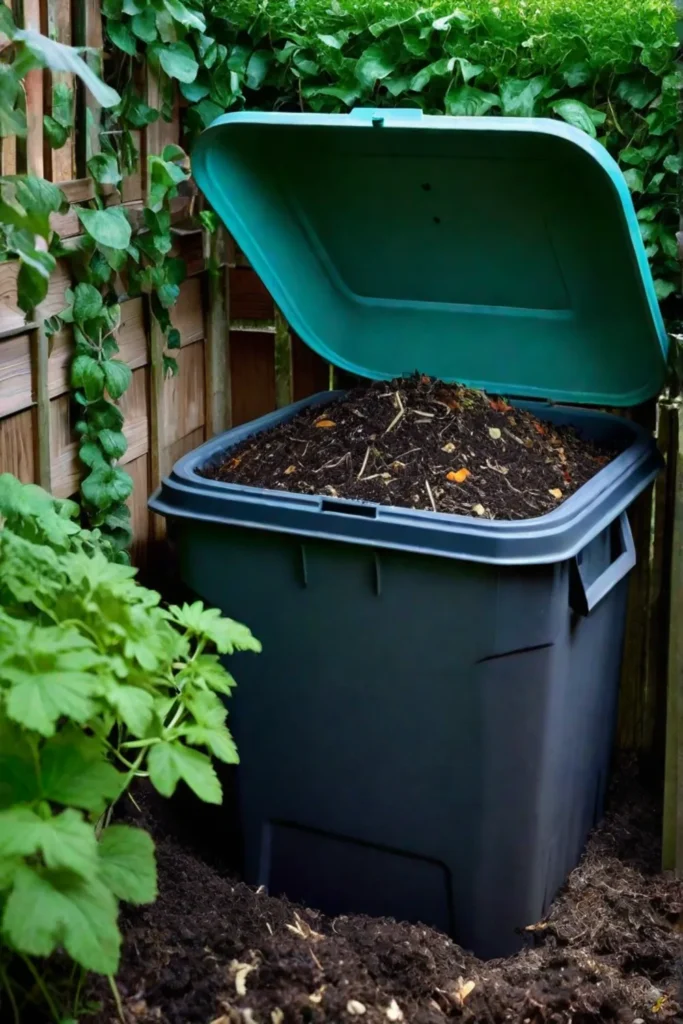
Types of Permeable Paving Materials
When it comes to permeable paving, you have a variety of options. Interlocking pavers made from concrete or natural stone are popular, as they allow water to flow through the gaps between them. Gravel and crushed stone are also excellent permeable materials, providing a rustic charm to your landscape. Porous asphalt and concrete mixes offer a seamless and durable surface for those seeking a more modern look.
Designing with Permeable Paving
Incorporating permeable paving into your backyard design is practical and aesthetically pleasing. Imagine a meandering path of interlocking pavers leading to a cozy seating area surrounded by lush planting beds that double as natural water filters. Or perhaps a gravel driveway flanked by native plants, creating a harmonious blend of functionality and beauty.
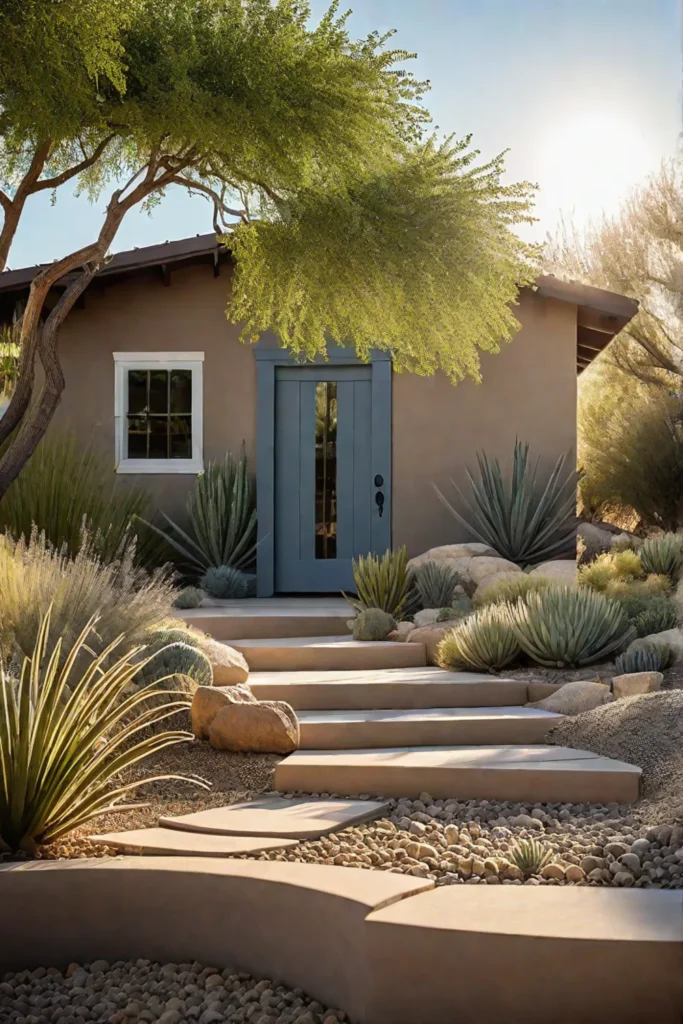
One of the best things about permeable paving is that it helps mitigate the urban heat island effect by reducing surface temperatures. This means your outdoor spaces will stay cooler and more comfortable during those hot summer days.
Practical Tips
To maximize the benefits of permeable paving, consider these practical tips:
- Use permeable pavers, gravel, or porous asphalt for walkways, patios, and driveways.
- To enhance stormwater management, incorporate green spaces and planting beds within permeable paving areas.
- Ensure proper installation and maintenance to prevent clogging and maintain permeability.
- Consult a professional landscaper or contractor to ensure your permeable paving project meets local regulations and is designed for optimal performance.
By embracing permeable paving, you’re creating a sustainable sanctuary in your backyard and contributing to a healthier environment for generations to come.

Are you ready to take the first step towards an eco-friendly and visually stunning outdoor space? Permeable paving offers a win-win solution for both you and Mother Nature.
Final Thoughts
Embracing sustainable landscaping is more than just a trend; it’s a commitment to preserving the natural world for generations. By cultivating native plants, harvesting rainwater, composting, practicing organic gardening, and incorporating permeable paving, you’re creating a backyard paradise and contributing to a healthier, more resilient ecosystem. So, let’s roll up our sleeves, get our hands dirty, and together, we’ll craft outdoor spaces that are as beautiful as they are environmentally responsible. The journey towards a sustainable sanctuary begins today: one seed, one raindrop, and one mindful step at a time.






